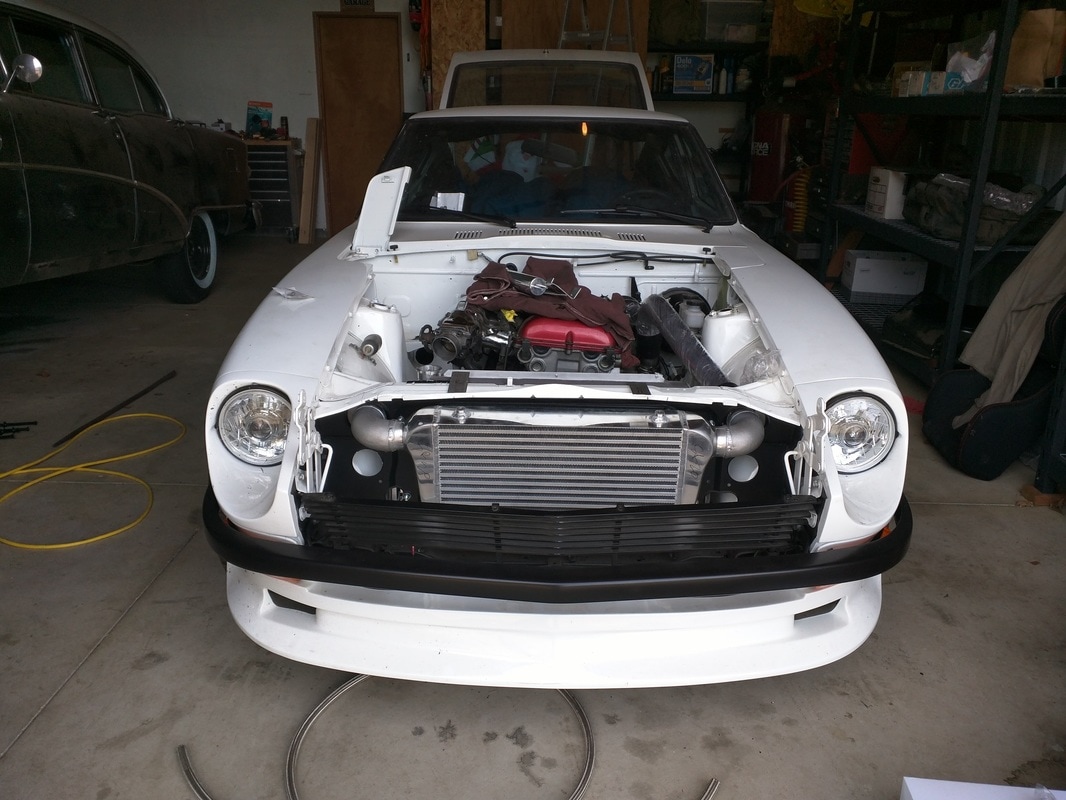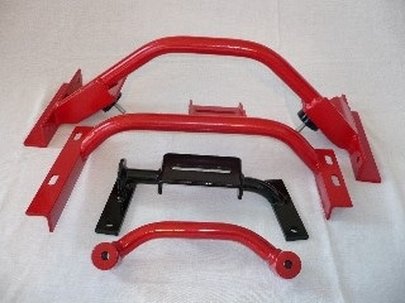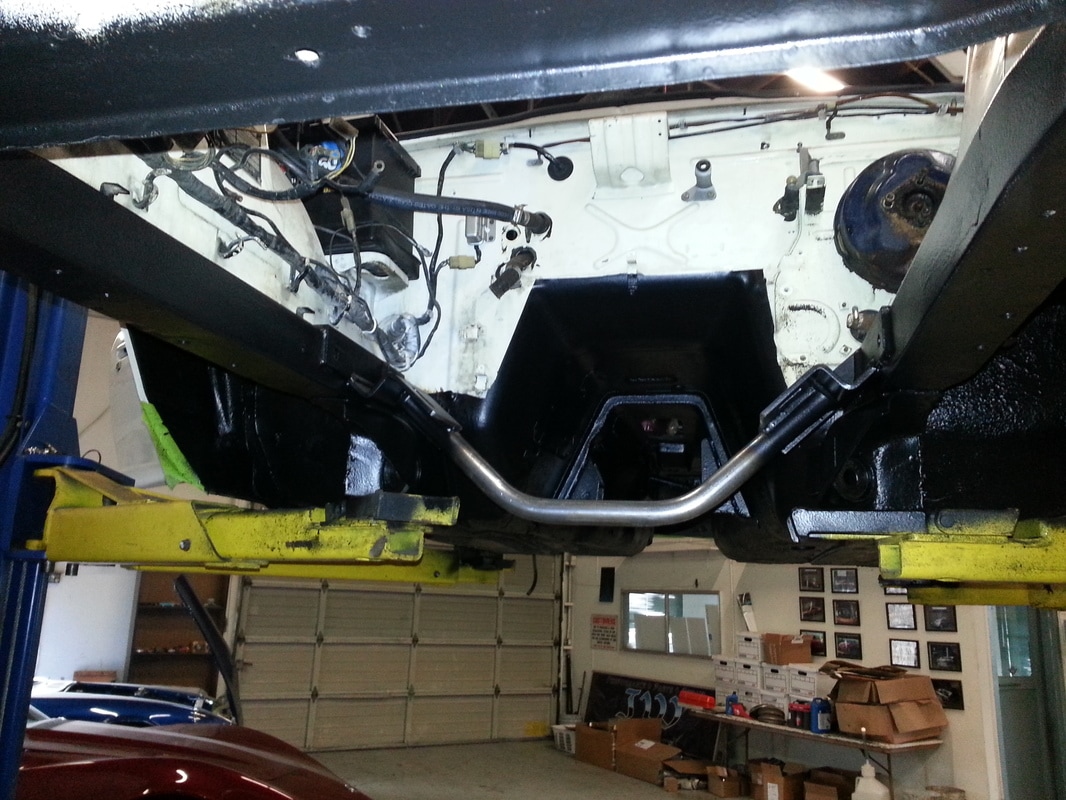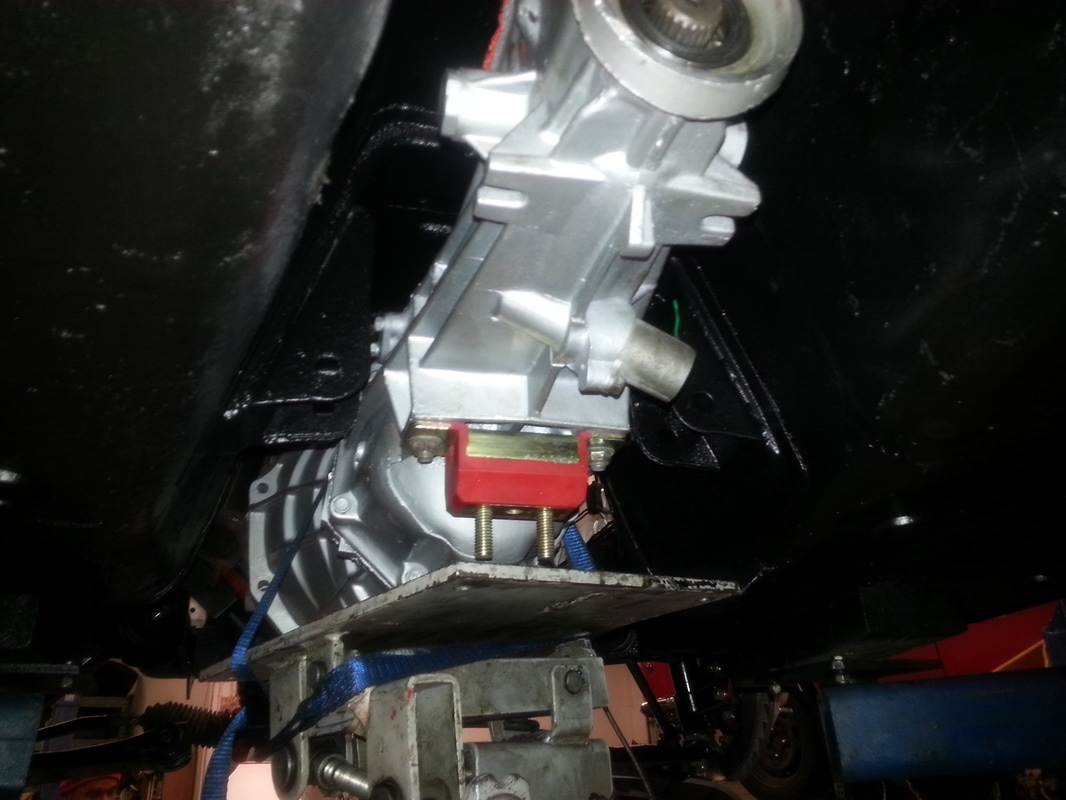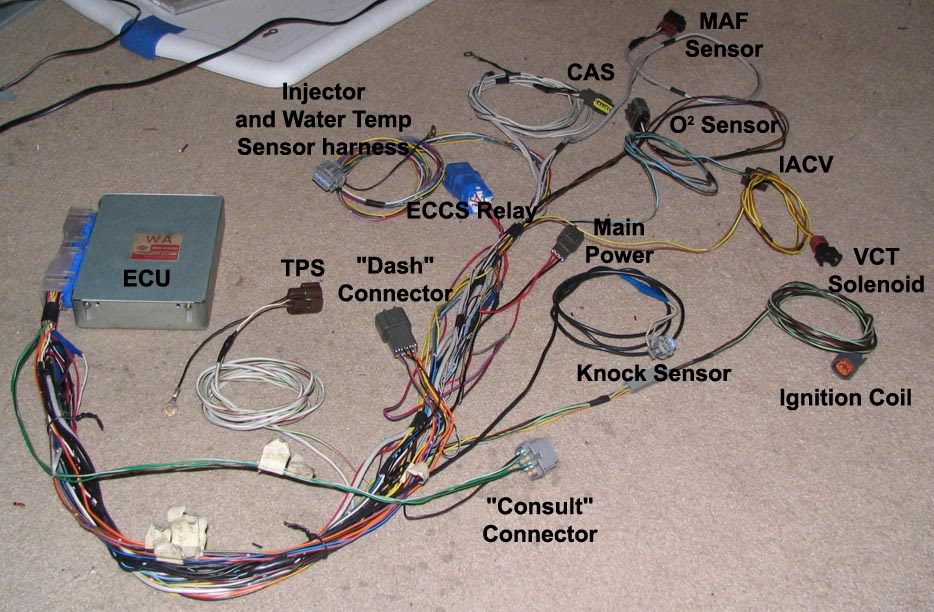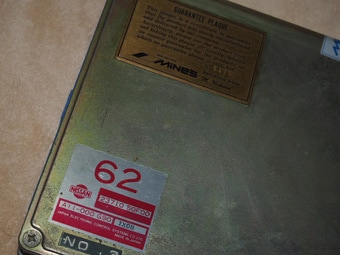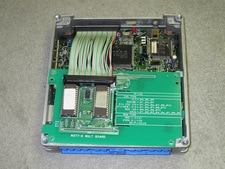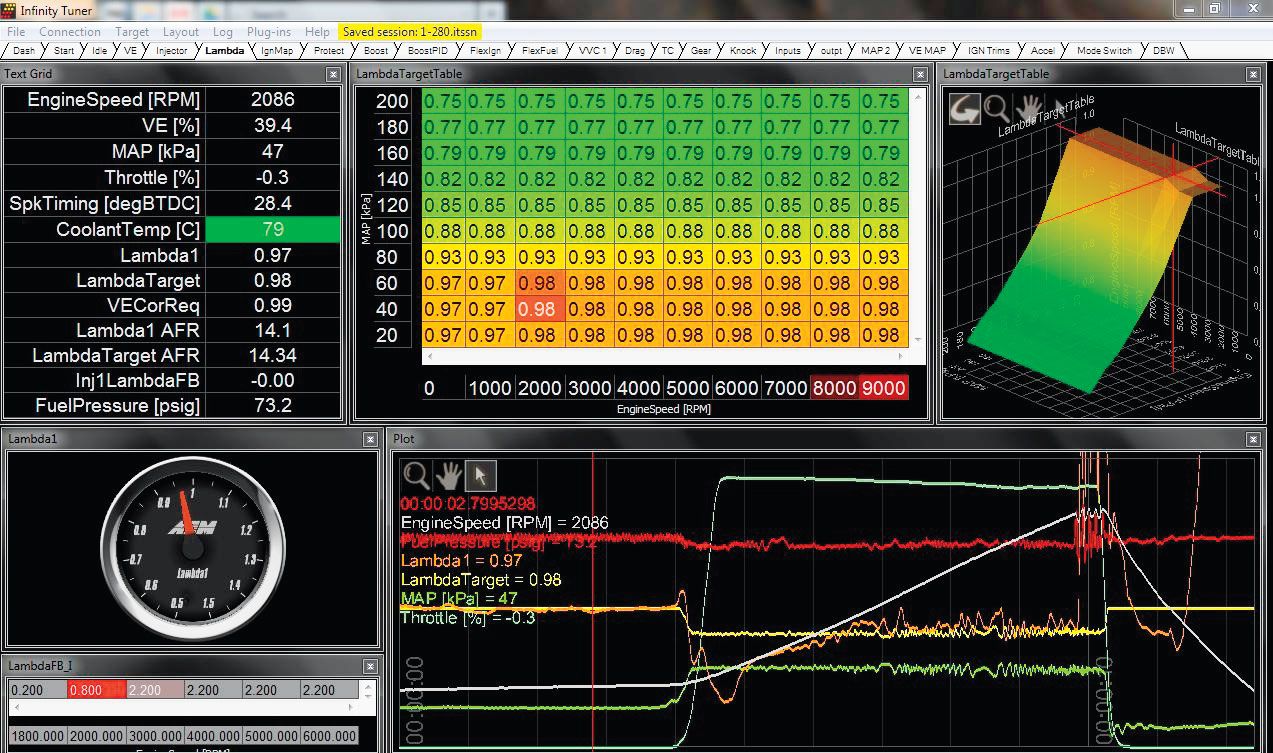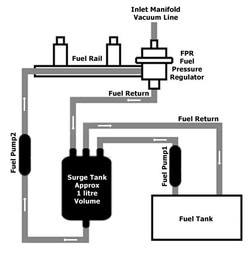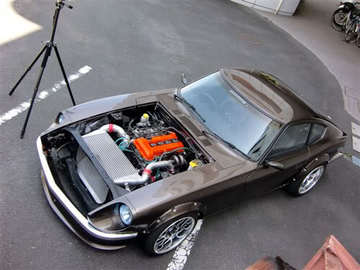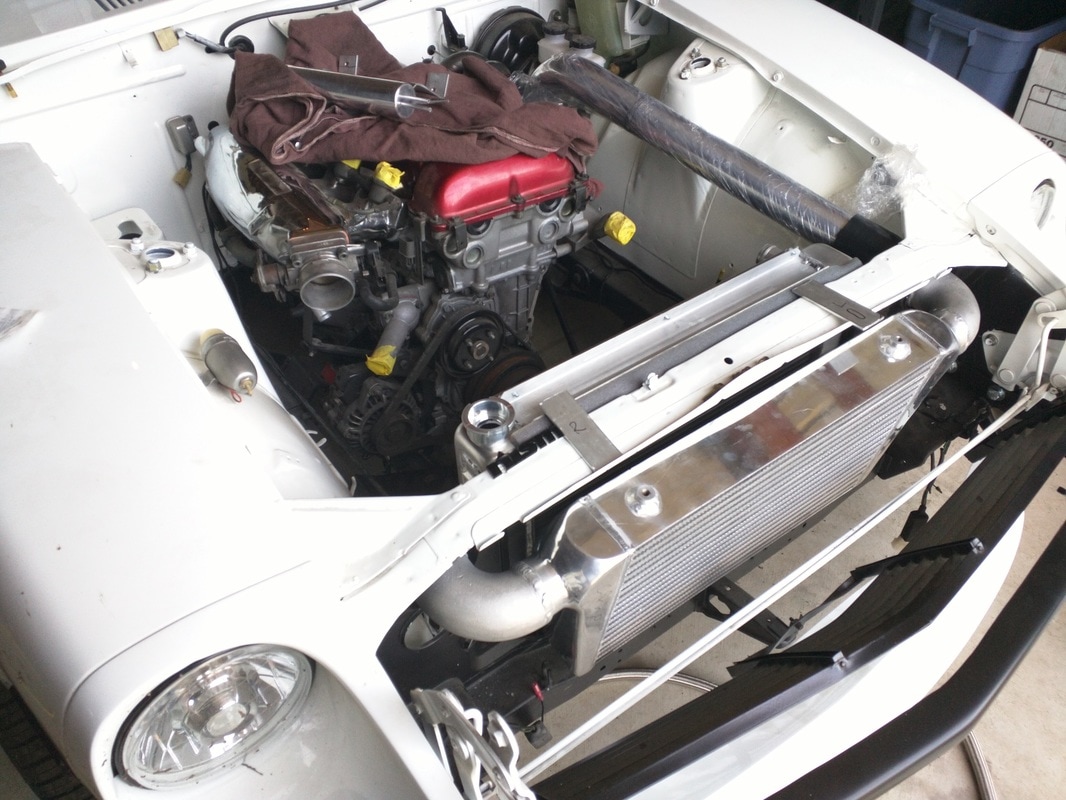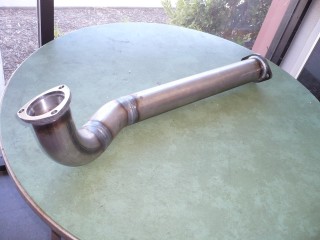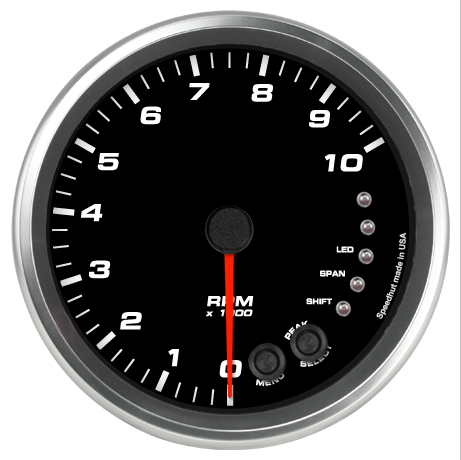Just a few notes...
There are a lot of little details involved when you start thinking about completely changing the powertrain of a car with that of a much newer vehicle. I could spend days covering all of them, but I will try to keep updating this list with information I think is particularly good to know or that I think might have a lot of misinformation about coming back from Google. Because this list is so long, there is a quick link index to scroll you to the general area of interest.
If you don't see the level of detail you need or think I should include another informational item, send me a message and I'll look at adding it.
